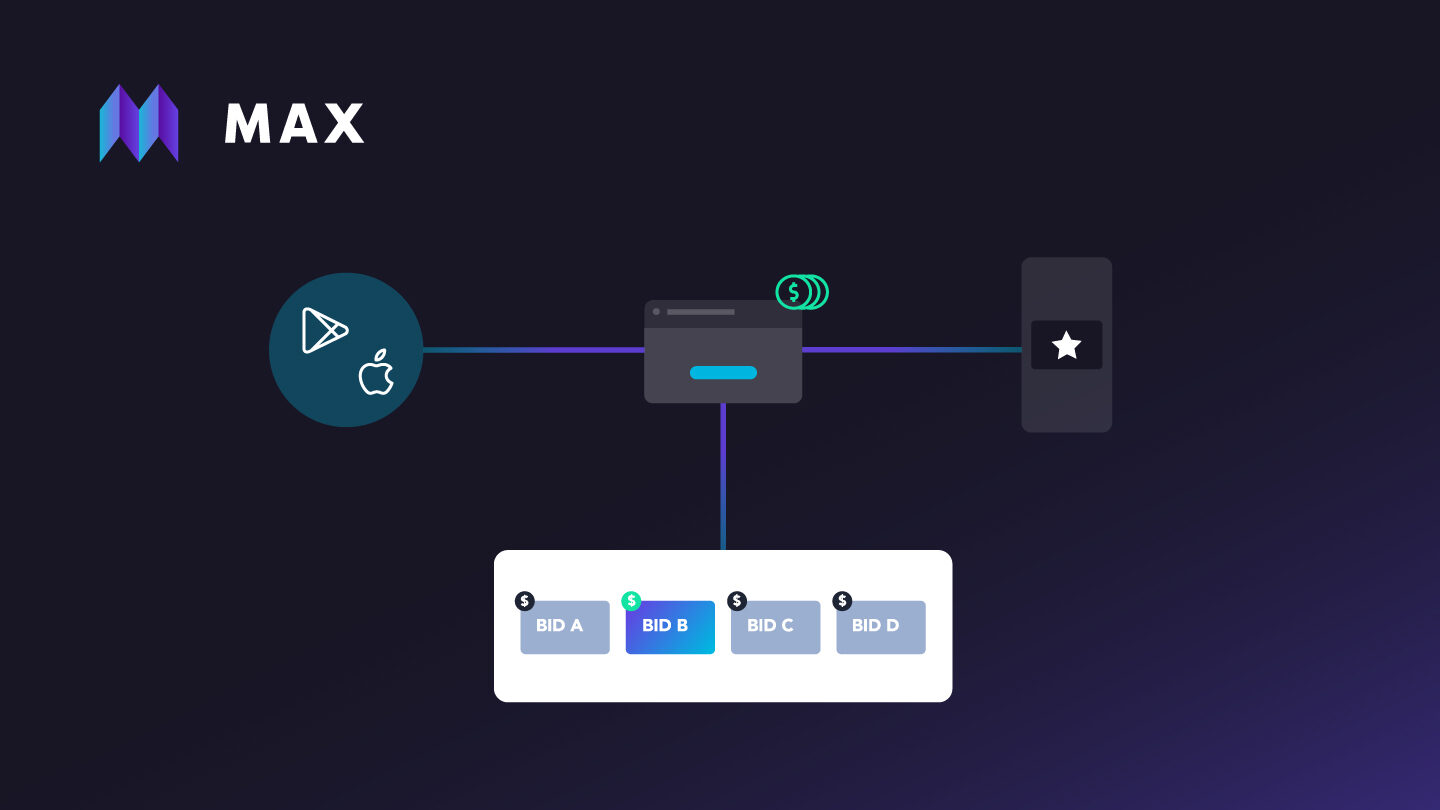
3 things to love about working in the mobile gaming industry
This is a guest post by Michael Velkes, Chief Marketing and Product Officer at 21 Pink, a mobile gaming company headquartered in Shanghai.
Everyday, I’m thankful to work in an industry that is so fast-paced and inventive, and I often reflect on how gratifying it is to devote my career to developing and marketing games that bring players so much pleasure. Recently I found myself reflecting on what I love most about working in mobile gaming.
Here are three things I particularly enjoy about working in one of the hottest industries in today’s economy:
User engagement and user acquisition are an art as much as a science.
As the app ecosystem has evolved into F2P and the market has become more saturated, user acquisition has become increasingly sophisticated. It is true that UA is very quantitative, but that doesn’t mean it’s lacking in art. True enough, “art” in the classic sense is applied to the creation of the ads themselves, but I’d argue that how you review your data and even calculate your LTV both qualify as “arts” (if technical ones), largely because there’s so much room for creativity and everyone has their own methods.
To me, the most refined art of the industry lies in building and balancing a game economy. Adding or eliminating features, testing out new ideas and executing new loops, all in order to make that additional $.02 per user, is a world of its own. Even if, on the outside, many products in our industry look the same, the fact is that every gaming company has its own secrets to success, and it’s not by coincidence that the leaders are leading.
Innovation moves at a furious pace, and there’s collective excitement about it.
Mobile gaming is a very small industry, and many people know each other, at least by name. Combine the size of the industry with the speed at which innovation happens and you have a remarkable environment. Speaking for myself, when I see a new feature in a product that is entirely new to me, I get excited and happy. I appreciate products that have high retention rates and that are successful — even if they’re built by competitors — because their advances keep the market dynamic, and they show our own teams that we can always do better. We all strive to create something as groundbreaking as “Saga Map,” as King did, or PvP mode, as Supercell did with Clash Royale. (Indeed, it’s amazing to think about how PvP evolved from “Draw Something” into the PvP complexity offered by Clash Royale.) It’s hard to not be inspired when new genres are evolving all the time and games “play off of” each other all the time.
Mobile gaming is now a $52.5B global market, and it’s gotten there in a little over eight years, which is astonishing when you stop and think about it. The industry has had such exponential growth because there is so much innovation and so much enthusiasm for constantly making games better.
In China, where I work, the mobile games market is on steroids…in a good way.
While obviously the industry is on fire globally, it’s been particularly eye-opening for me to work in the Chinese mobile gaming industry in particular. The Chinese have different methods and approaches to their lives and careers which informs how things are done — which is basically incredibly fast. The Chinese are incredibly goal-driven when it comes to seeking information; whatever they do not know, they will learn and understand as fast as possible. China’s consumer market is growing and the feeling of confidence is higher than ever. I’ve noticed that the Chinese want to learn fast, build fast and execute big, so it’s not a surprise that the economy is changing and China will likely soon to become the world’s biggest economy; it is expected to surpass that of the U.S. next year. The emerging middle class is embracing everything on mobile (including games) and we can see it in the monthly ARPU, which has grown at least 10x since Q1 2014, and the aggressive acquisitions we have seen lately.
In this industry, there are always good things to look forward to — you can challenge yourself to get better and better at user engagement and acquisition (and again, I think success often lies in taking pride in it as an art as much as a science), and you can always embrace innovations by competitors as inspiration to make your own products better. Finally, there’s the fact that for those of us working in the Chinese market, right now it feels like the sky is the limit. Given the size of the audience there and the cross-pollination happening between Chinese and western game developers with localizing and acquisitions, the market there in fact has a dramatic impact on the entire ecosystem.


